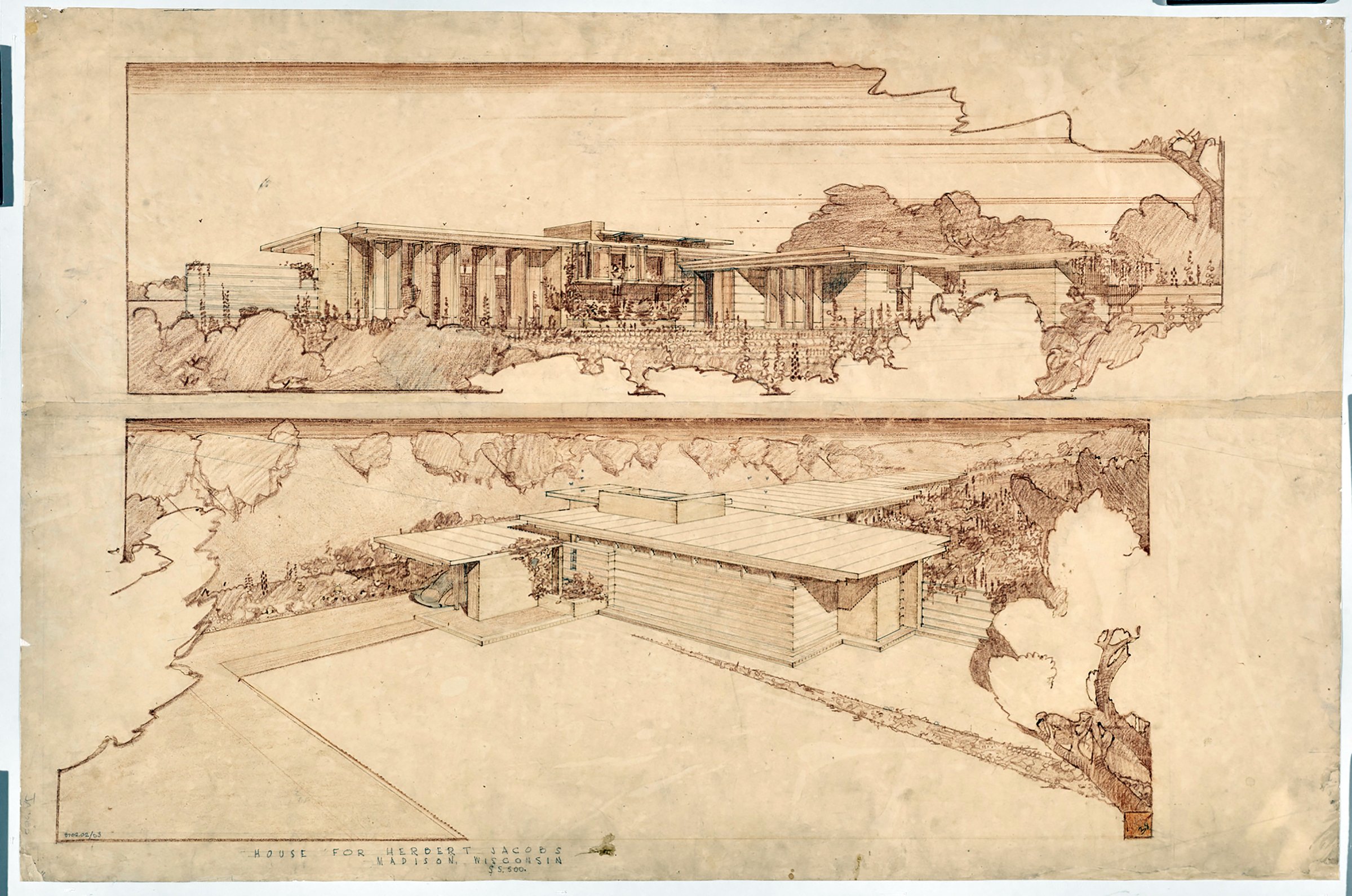
He was the man called “the Michelangelo of the 20th century” by the architect Eero Saarinen, so it’s no surprise that 150 years after his birth, the work of renowned architect Frank Lloyd Wright still provides plenty to unpack.

On the occasion of that anniversary of his birth on June 8, 1867, the Museum of Modern Art (MoMA) in New York City is hosting a retrospective featuring 450 of his works made from the 1890s through the 1950s — many of which have never been displayed publicly.
As the above photos show, the exhibit highlights pieces that will give viewers a sense of what inspired his most famous works. Take, for example, his 1924-25 proposal for the Gordon Strong Automobile Objective and Planetarium built around Maryland’s Sugarloaf Mountain, where he envisioned the outside of the planetarium to be as much of an attraction as the inside, as he imagined visitors would drive up the mountain and around the spiral shape of the museum.
The idea also reflects the excitement about driving that was then sweeping the nation, at “a moment when people are beginning to use their cars to explore the landscape and discover the country,” says Barry Bergdoll, a curator of the exhibit. And many feel it’s the forerunner of the Guggenheim museum in New York City because of its spiral shape, he adds.
Also on display are examples of Wright’s plan for an environmentally conscious, alternative vision for suburban sprawl, crafted two decades before environmental consciousness went mainstream in the 1960s and 1970s. For example, featured above is a site plan of the Galesburg Country Homes, dated 1946-49, where “rather than cookie-cutter lots of Levittown, [there’s] a circular property for each homeowner, and each time someone picks a circle, it eliminates from use an adjacent circle,” Bergdoll explains.
Some of Wright’s designs for private homes became more about his vision for America’s national purpose than about the people who lived there. For example, he laid out a utopian concept of the American landscape that he nicknamed “Usonia” to “design a perfect way of living for this new world, [for Americans] who aren’t going to imitate Europe, but develop their own way of being.” These houses were often L-shaped to define a private backyard garden, and are made with lots of glass, as seen in the 1936-37 house designed for the Madison, Wisc., newspaperman Herbert Jacobs. As TIME summed up the significance of the Jacobs house in its Jan. 17, 1938, cover story on the designer:
[Usonia] is one of the tricks of speech and thought by which Wright links a curiously old-fashioned Americanism to an Americanism which is still ahead of his time. The Jacobs house he calls a Usonian house and it is his exhibit A in a demonstration of what Usonia might be. It “may help to indicate,” he says, “how stifling the little colonial hot-boxes, whether hallowed by government or not, really are where Usonian family life is concerned.”
TIME did not shy away from poking fun at Wright’s lofty building philosophy. “He felt and has developed a stronger sense of the earth’s reality than most poets,” the magazine wrote. “Wright has conceived himself a participant in Nature, not a communicant… Frank Lloyd Wright‘s city, he has said, would be ‘everywhere and nowhere.'”
MoMA’s exhibit Frank Lloyd Wright at 150: Unpacking the Archive opens June 12, 2017, and runs through Oct. 1, 2017.


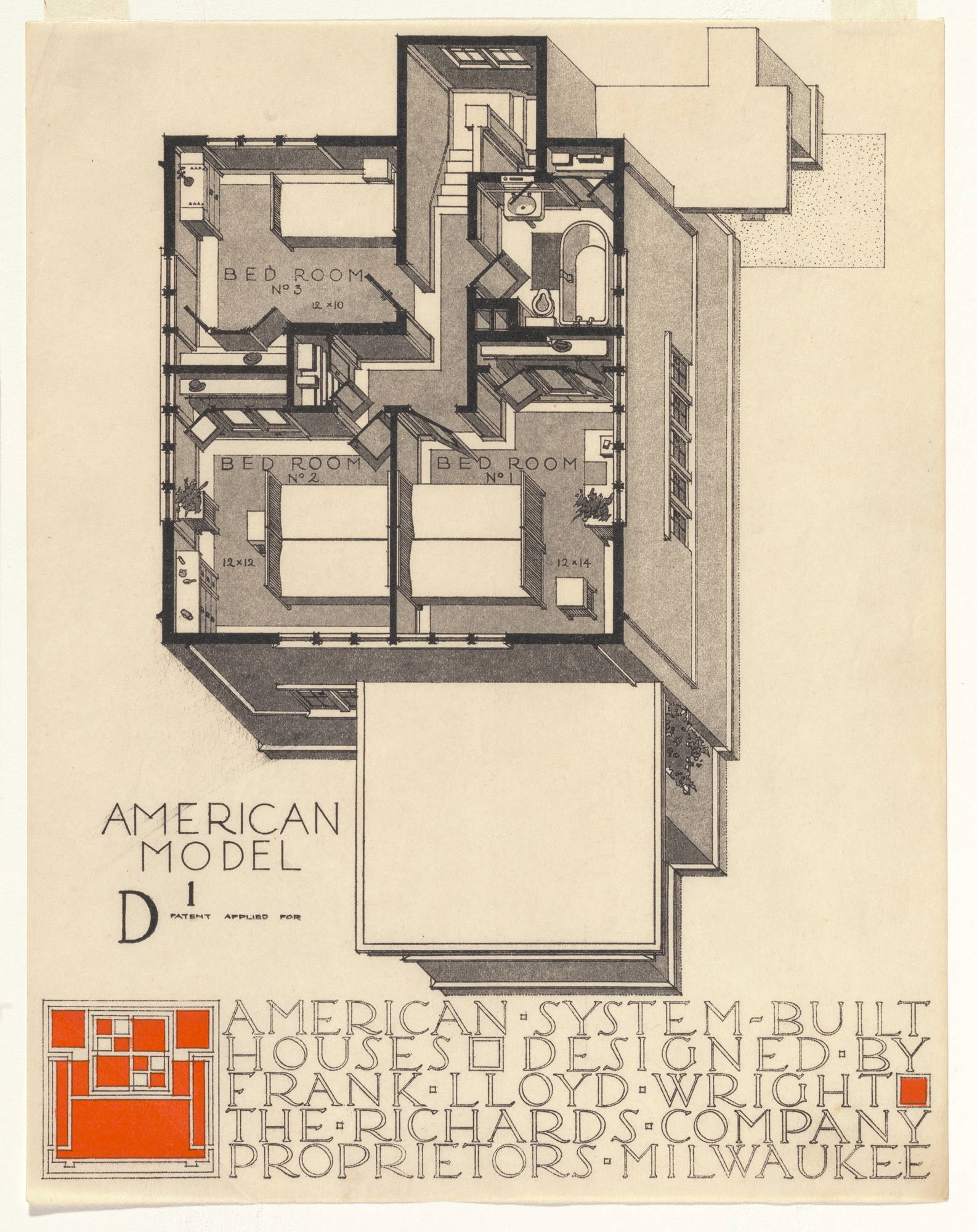
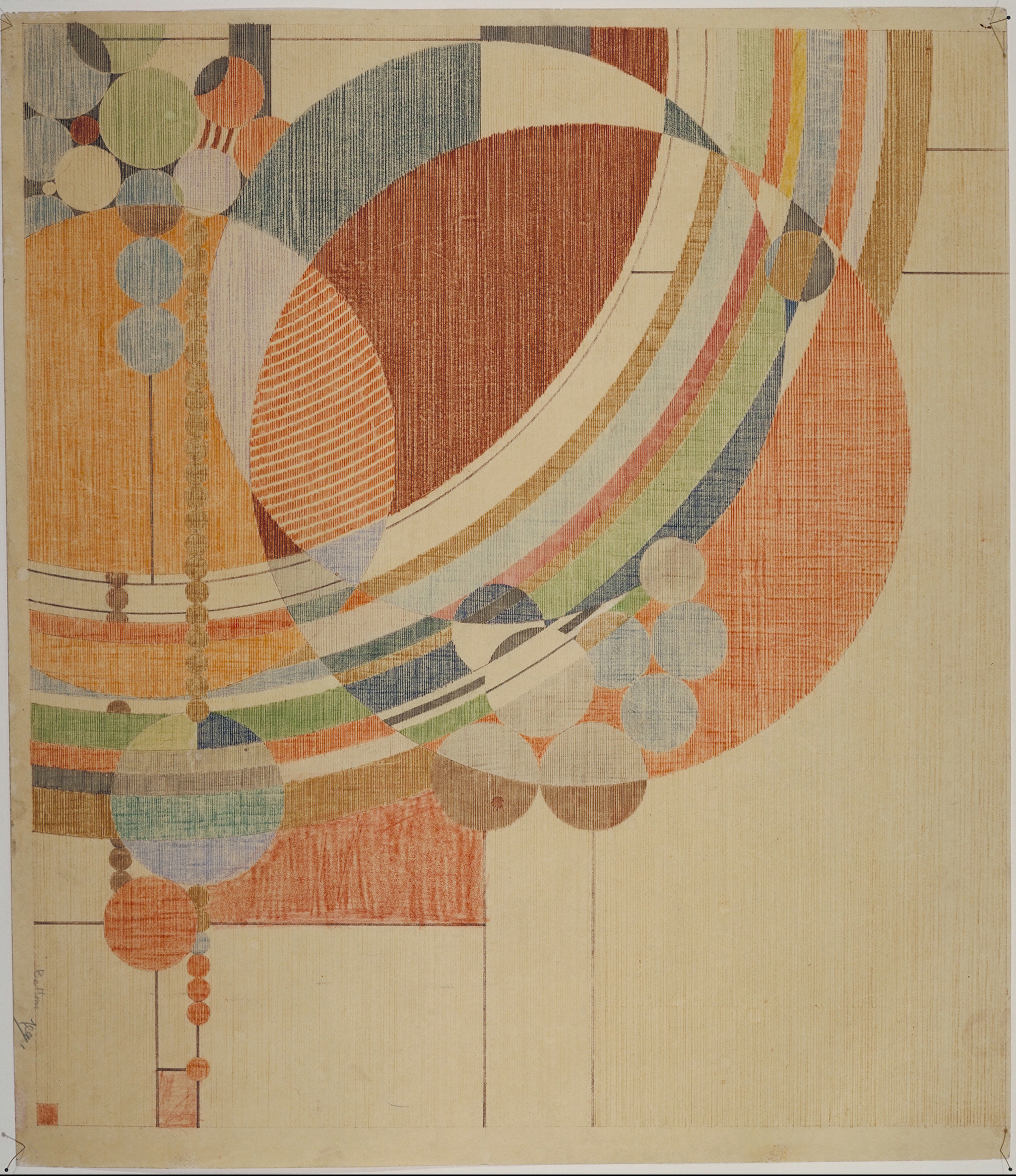

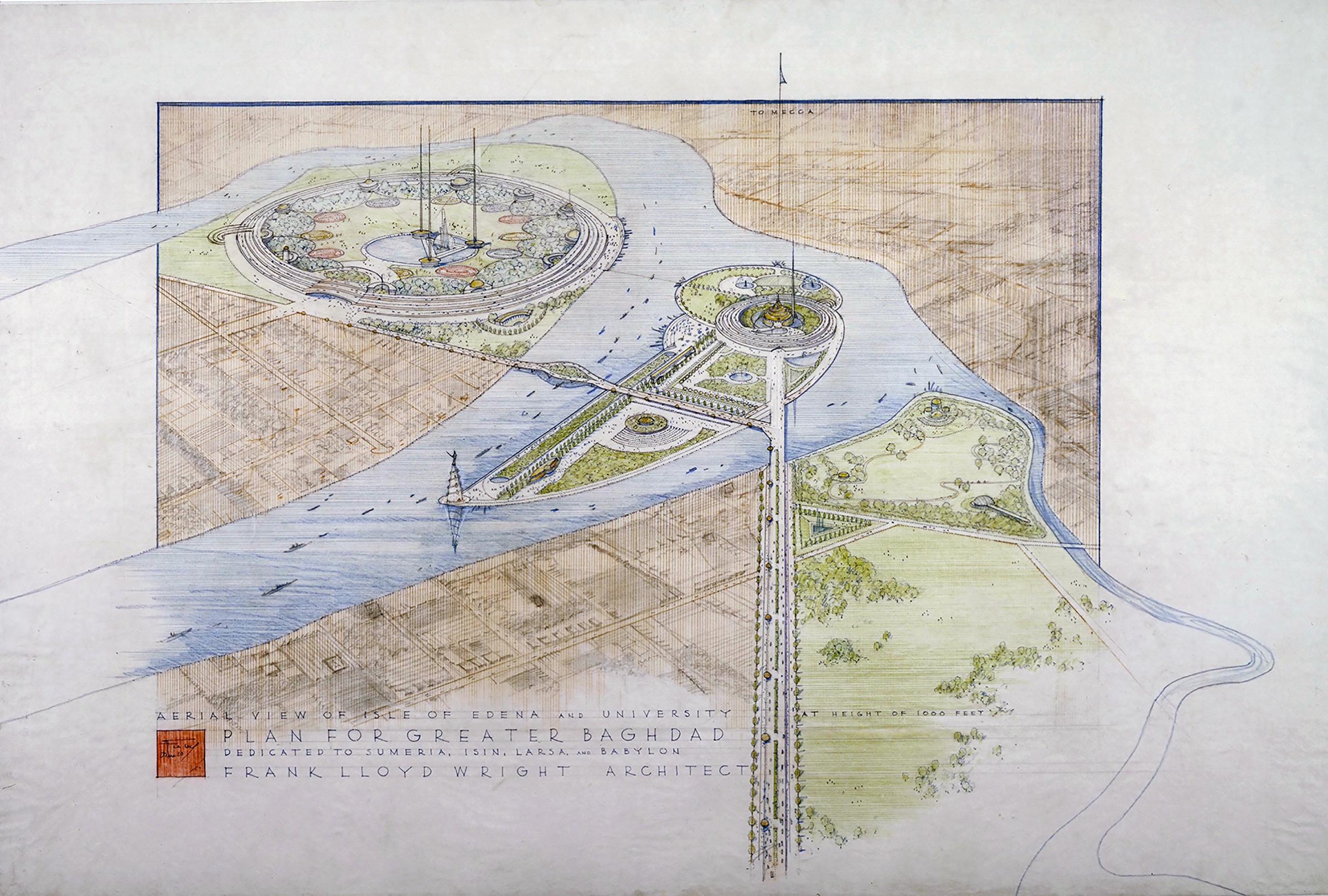
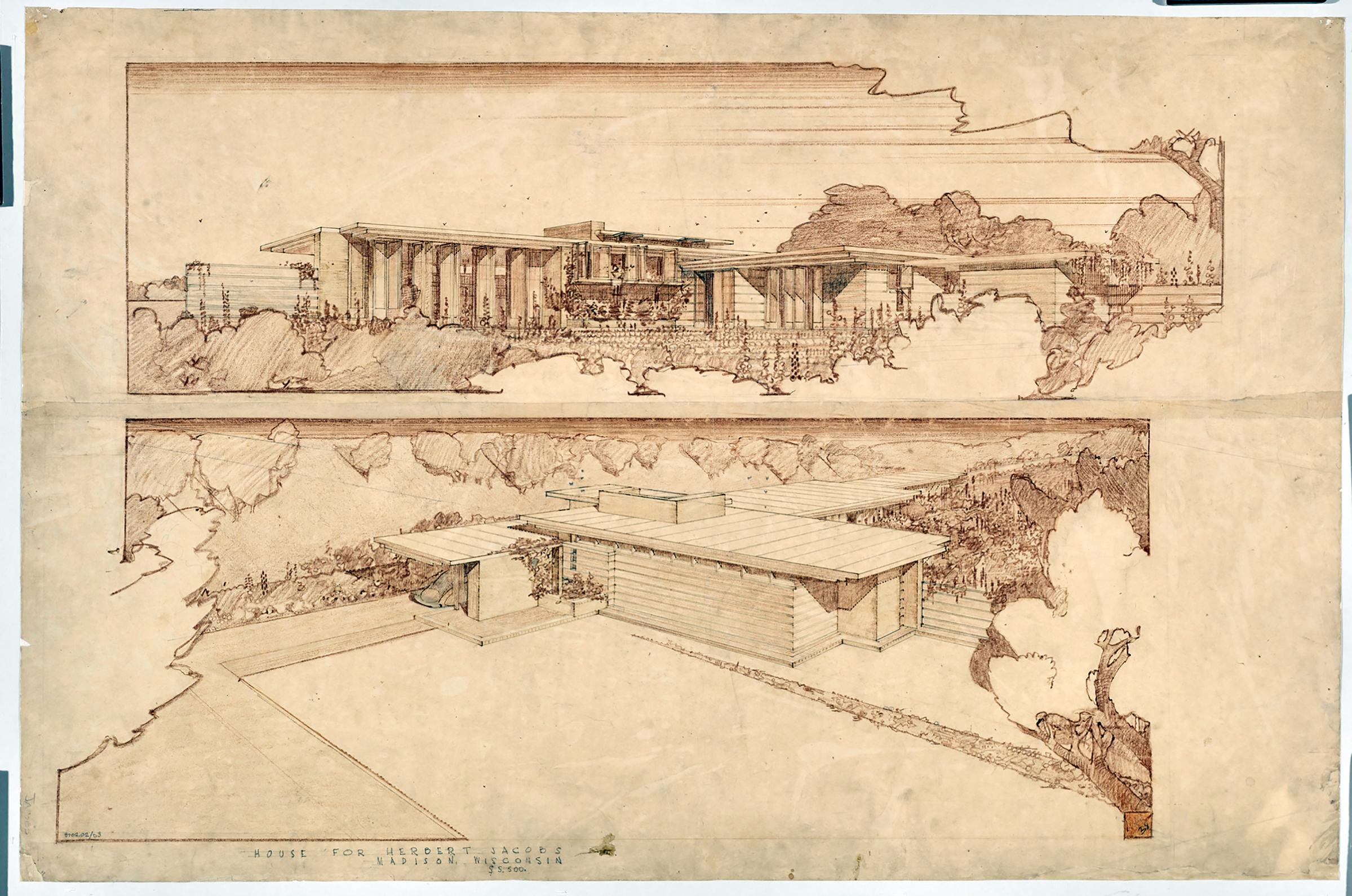
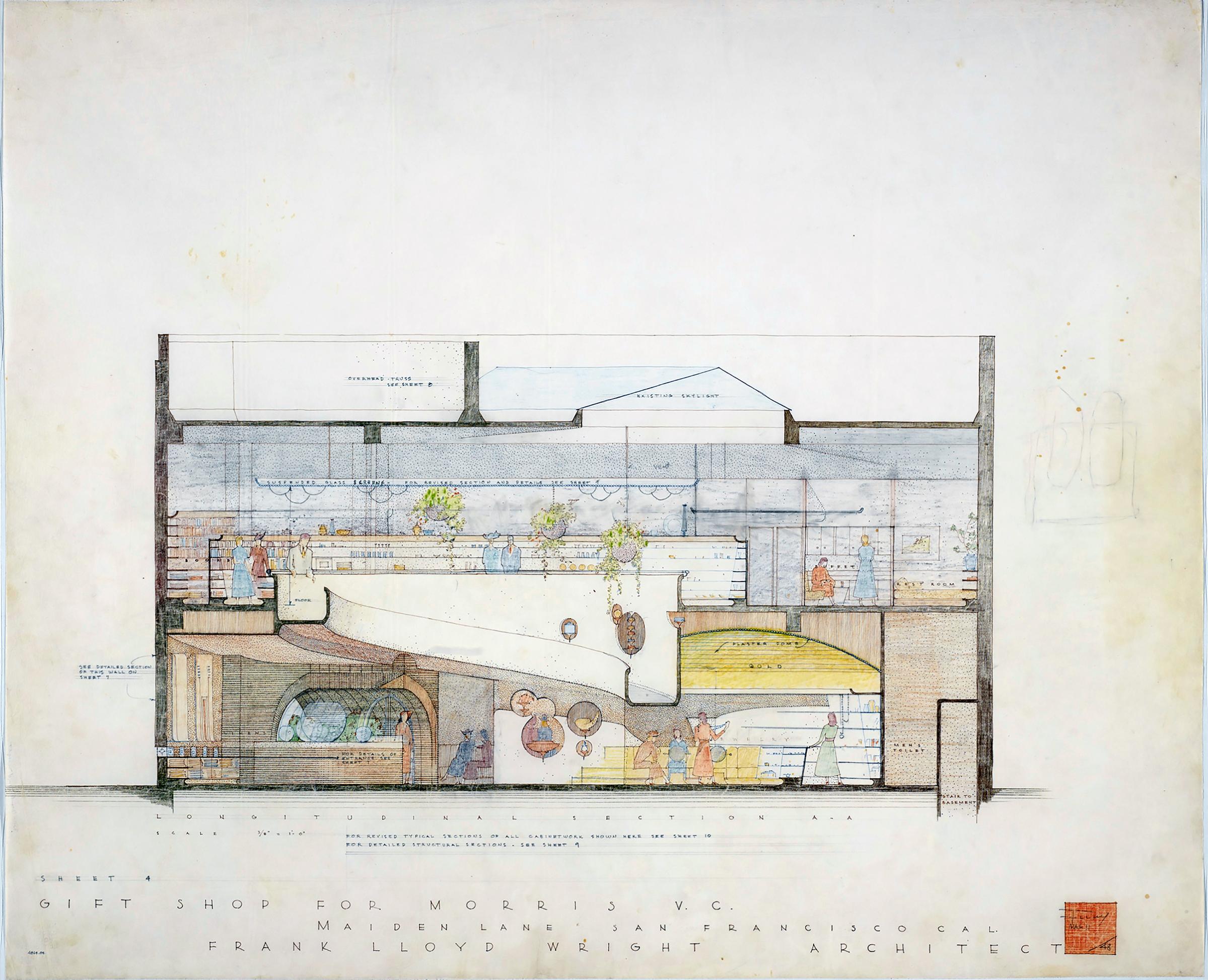
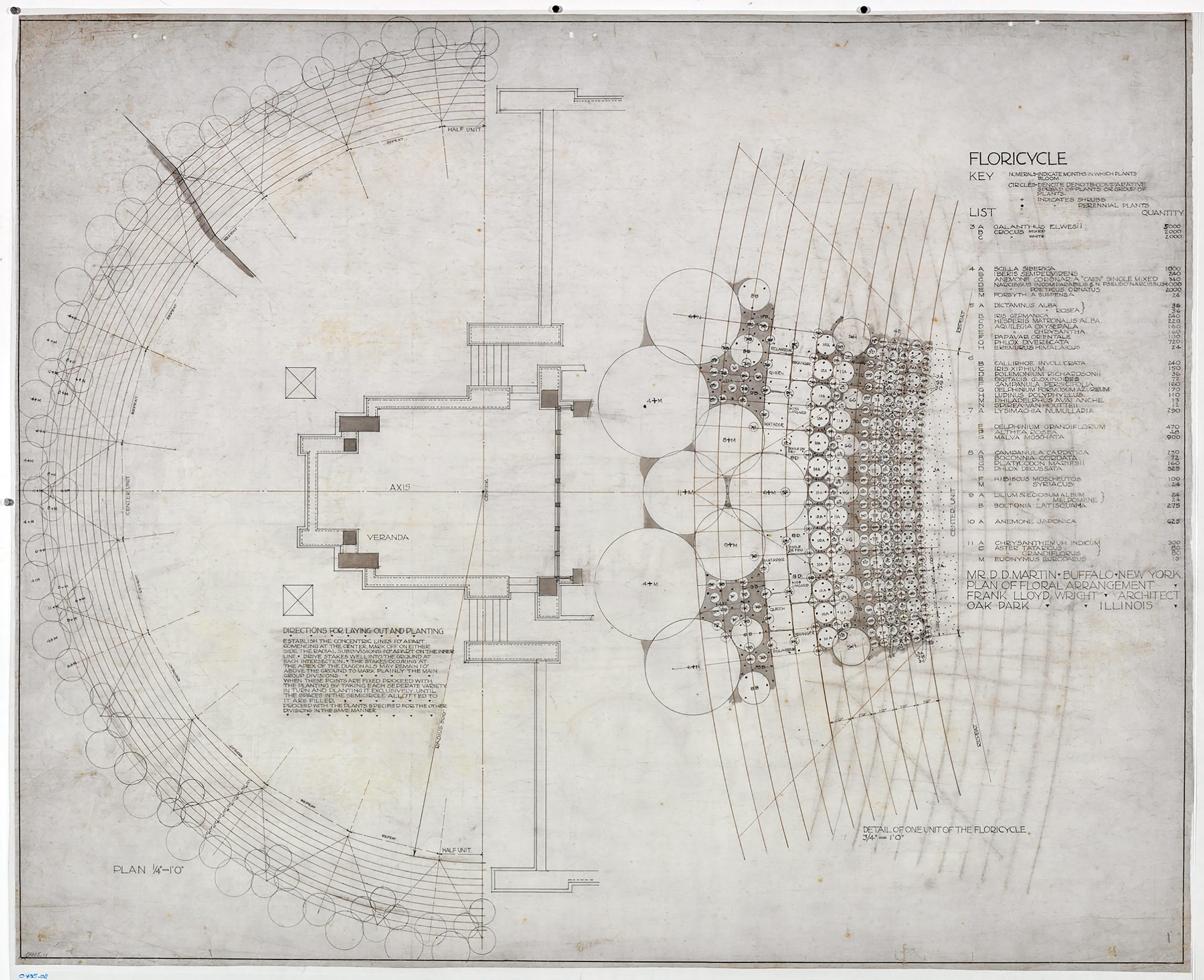
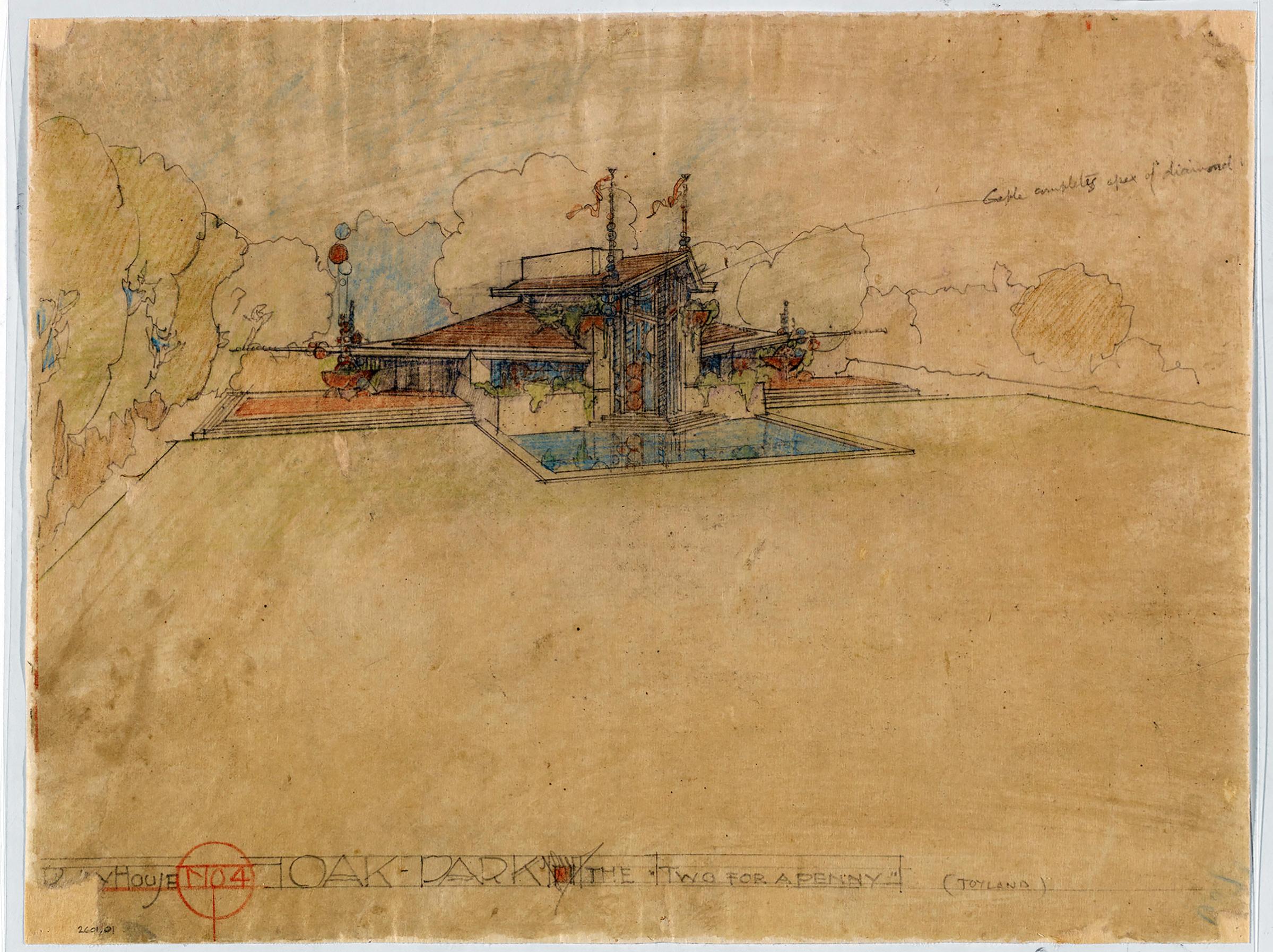
More Must-Reads from TIME
- Cybersecurity Experts Are Sounding the Alarm on DOGE
- Meet the 2025 Women of the Year
- The Harsh Truth About Disability Inclusion
- Why Do More Young Adults Have Cancer?
- Colman Domingo Leads With Radical Love
- How to Get Better at Doing Things Alone
- Michelle Zauner Stares Down the Darkness
Write to Olivia B. Waxman at olivia.waxman@time.com